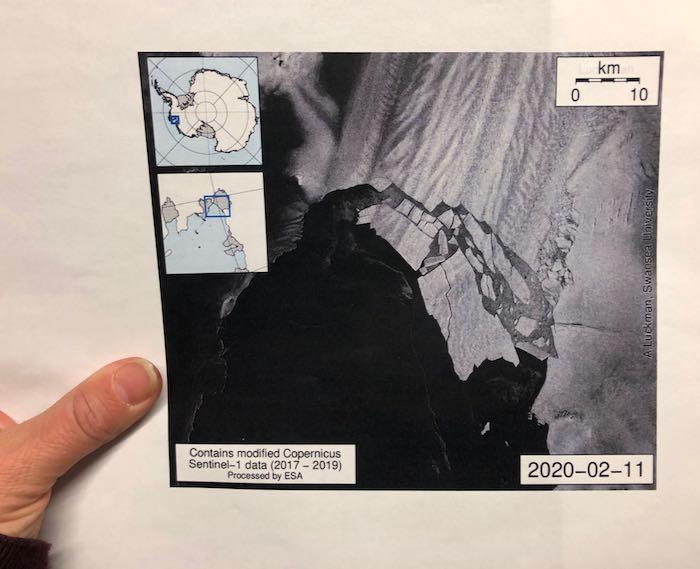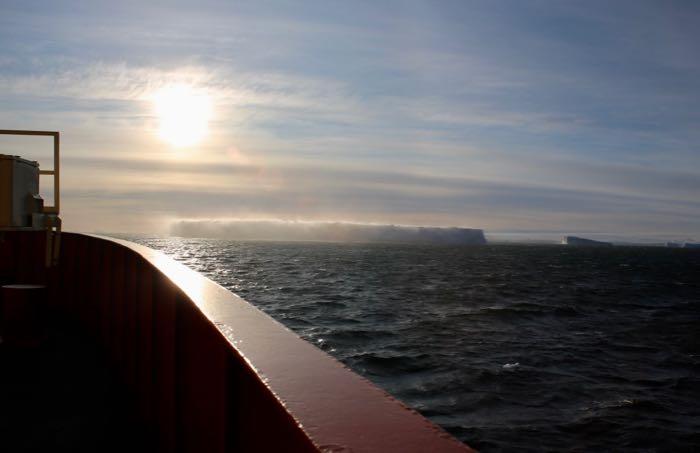The Gravity of our Situation
This year, the Montauk School joined the Resilient Schools Consortium or RiSC, a NOAA- and FEMA-funded climate program that helps students develop a better understanding of the science behind climate change, guides them through an investigation of the ways in which sea level rise and extreme heat will impact their communities, and supports them as they learn to advocate for actions and improvements that can help protect people and the environment. We have a great team of 25 8th graders who meet every Wednesday after school to do things like explore the history of severe flooding in New York City (using the NYC Flood Mapper tool I mentioned in an earlier post), take classes in public speaking, design resilient coastlines, and participate in shoreline improvement activities.
Everything I have learned down here has reinforced the need for students, educators, scientists, public servants - really, everyone, to pursue improving the resilience of our communities with great urgency. The ice is melting. You're seeing it in the news there. Scientists are seeing it in their data and in reality here. The focus of the work on this expedition has been the Thwaites GlacierA mass of ice that persists for many years and notably deforms and flows under the influence of gravity., which isn't really all that big in an Antarctica-level scheme of things - but this relatively tiny glacier is now accounting for about 4% of sea level rise each year. If all of Thwaites melted, it would raise global sea levels by as much as two feet. My RiSC students are starting to understand what that could mean for people in New York City, not just in terms of day-to-day changes in the high tide line but also for the severity of and damage created by flooding during major storms. I remember well the sensation of the whole city holding its breath, waiting for Superstorm Sandy to strike in 2012 and the way we were reeling in its aftermath, schools closed for a week when the storm had passed as the city struggled to regain its equilibrium. Events like Sandy will happen more often and in more places and the consequences will be more dire.

A high-resolution version of the animation, which shows three major Pine Island GlacierA mass of ice that persists for many years and notably deforms and flows under the influence of gravity. calving events can be seen here.
Oddly enough, as the ice in Antarctica melts, sea level here is expected to decrease. More than 70% of the Earth's fresh water is held in Antarctica's glaciers, with ice more than a mile thick across most of the continent. All of that ice has a lot of mass - no seriously, A LOT of mass. Enough to increase the gravitational pull of the southern pole so that the water in Earth's oceans is actually drawn towards Antarctica and the land under the ice is literally squished down by all the weight on top of it. As the ice melts, Antarctica will be freed - like my neighbor's dog Sadie after Ted stops pinning her down during one of their Wrestlemania sessions - and will bounce back up, increasing the height of the land above sea level. At the same time, the ocean's water will not be as gravitationally attracted to Antarctica, so it will shift and rise in other places - like New York City. The loss of ice here will have multiplying consequences that'll be felt the most in low-lying cities in the Northern Hemisphere. Keep up the good hard work, RiSC students. We're going to need your help.



Comments